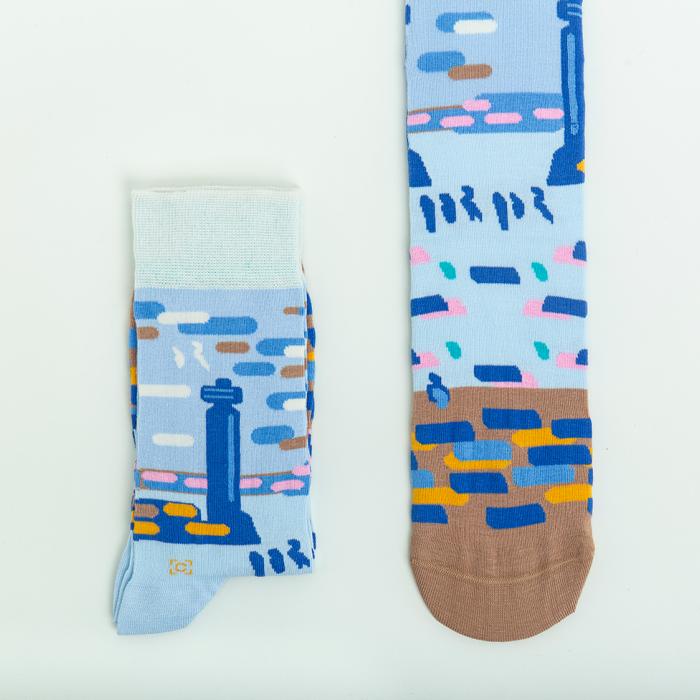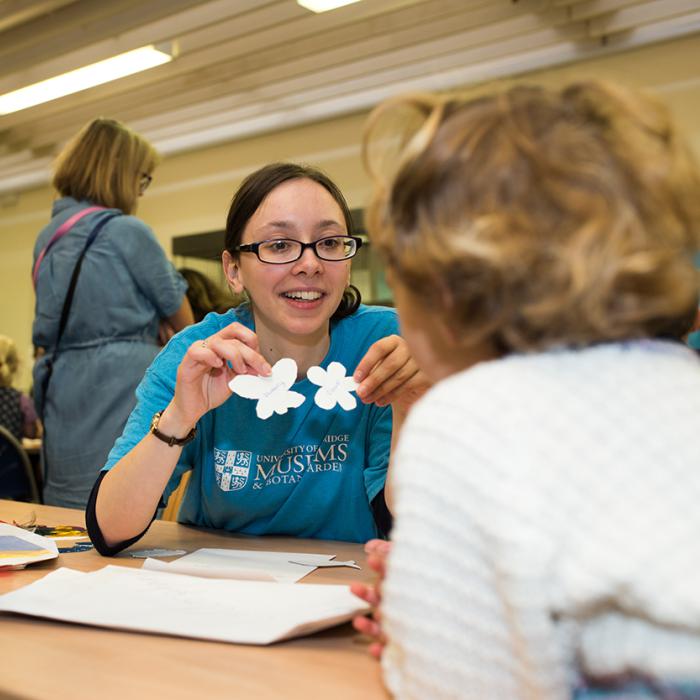Explore safe and practical uses of essential oils distilled from aromatic plants for seasonal wellness.
During this hands-on course, you will discover how to create aromatic blends for your skin, baths and inhalations to soothe colds, nourish dry skin, improve circulation and more. Guided by Maike Dring, you’ll also practise a relaxing hand massage technique designed to ease sinus congestion and cold symptoms. At the end of the course, you will take home an aromatherapy blend designed to complement your self-care routines during colder months.
Curious about botany, but scared to give it a go? This new, one-day course could be for you!
We invite families with children who have additional sensory needs to join us for our Studio Sunday Relaxed Session. These quieter art making workshops aim to provide a comfortable creative experience at Kettle’s Yard.
In our Clore Learning Studio, participants can make art inspired by artworks and ideas at Kettle’s Yard, supported by artists and volunteers. No prior art experience is required.
Activities are designed for children ages 3–11 and we encourage parents and carers to create alongside their child.
Unlock your creativity at our free, artist-led workshops for families in the Clore Learning Studio.
Get hands-on with creative activities inspired by artworks and ideas at Kettle’s Yard.
No art experience needed — our friendly artists and volunteers will support you step-by-step. Children and adults of all ages are welcome to participate but Studio Sunday is most suitable for children between 3–11 years.
Discover how recent conservation work and scientific analysis have shed new light on the object’s intricate design, layered decoration and complex construction. Through this study, the hidden skills and techniques of ancient Egyptian craftspeople are brought to life. The talk will be followed by a Q&A and light refreshments.
The day will include a discussion in the galleries around evolving performance practices.
This event is held in collaboration with Wysing Arts Centre, Cambridge.
Artist Harold Offeh will be in-conversation with Sepake Angiama, Artistic Director of Institute for International Visual Art (inIVA) and one of the contributors to the book. There will also be an opportunity to visit Offeh’s exhibition prior to the event.
The evening will take place within the context of Harold Offeh’s exhibition Mmm, Gotta Try a Little Harder, It Could be Sweet. Taking Offeh’s themes of identity, learning, play, archives, futurisms and references to popular culture as a starting point, students will present participatory workshops, and performances with sound and music, providing playful and dynamic encounters for visitors.
Counting Penguins: Assessing the Significance of the Falkland Islands Seabird Monitoring Programme
Bronte Evans Rayward completed her PhD at the Scott Polar Research Institute with a focus on examining the environmental history of Bird Island, South Georgia, with a particular focus on sea bird monitoring. Her talk is an exploration of the annual Falkland Islands Seabird Monitoring Programme (FISMP).
From Bronte:
Engagement and awareness of our waterways and their pivotal role in our global ecology has featured significantly in a recent creative project with artist Josh Bilton and pupils from Arbury Primary School in Cambridge.

